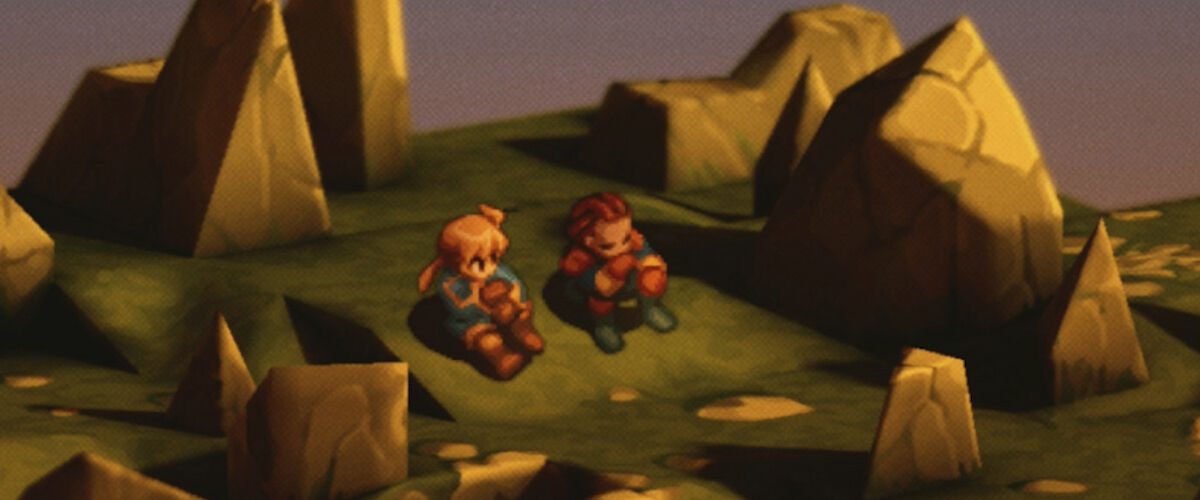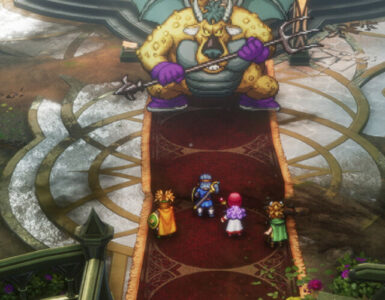This interview has been edited for clarity.
Breathing new life into beloved classics is always a daunting undertaking, much less a seminal work of a genre. While the tactical role-playing game (RPG) space has seen many come and go over the years, 1997’s Final Fantasy Tactics continues to hold up, with its fictional world of Ivalice making such an impression that it became the setting for other titles in the franchise, including the 2006 mainline instalment Final Fantasy XII.
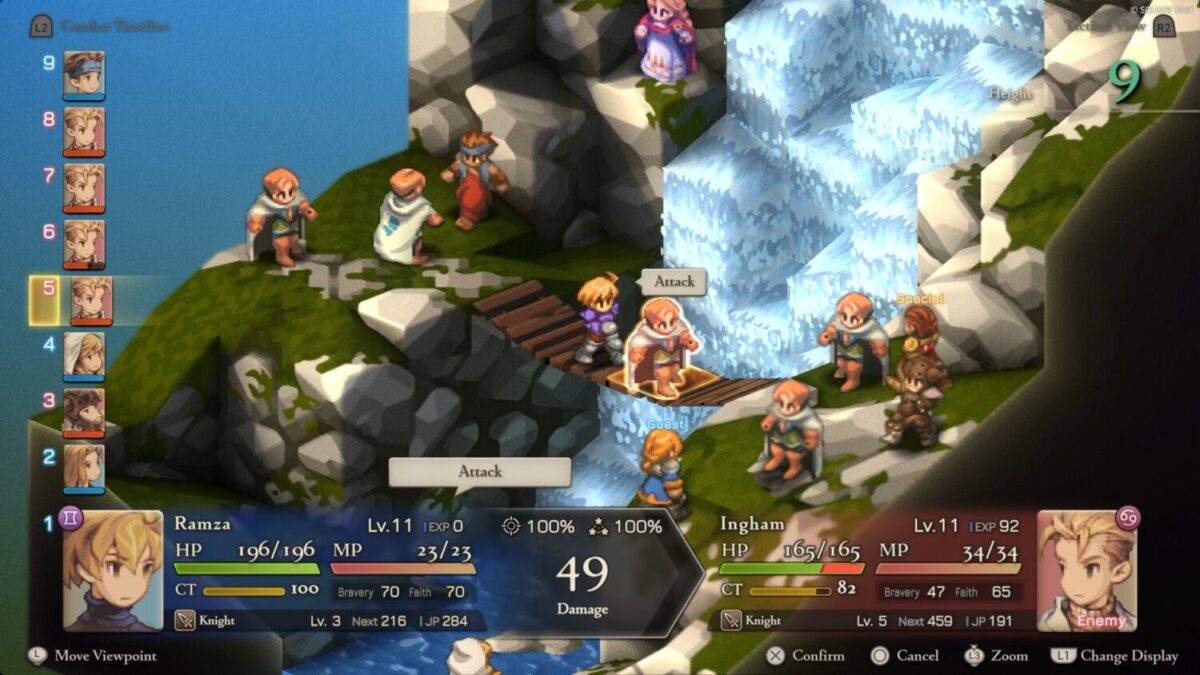
28 years on, the foundational spin-off looks spiffier than it has ever been with a fresh coat of paint, but don’t expect any tweaks to its core – not if the team behind Final Fantasy Tactics: The Ivalice Chronicles can help it. Faced with the familiar conundrum of staying true to its roots or expanding on original story beats similar to the approach taken for fellow Square Enix modernised entry Dragon Quest I & II HD-2D Remake, director Kazukoto Maehiro cites the former as the guidepost for development on this project.
“We wanted to make sure, first and foremost, that we were really respecting and paying homage to the initial game, [to] the excellent fame design and deep story that it offered,” he shares in an interview with select Southeast Asia media ahead of Tokyo Game Show 2025.
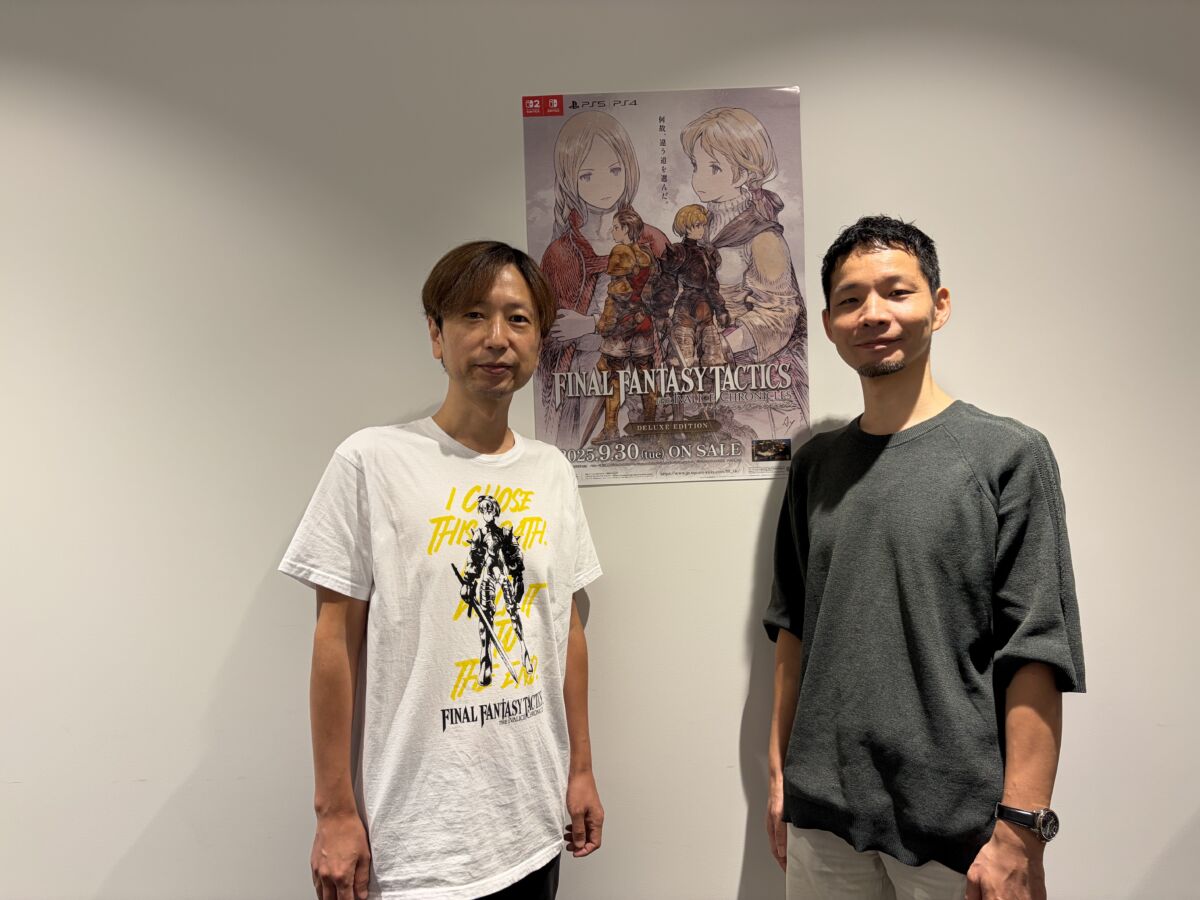
“If we were to add new features, and there were discussions and considerations on that front as well, we felt that could potentially undermine the original game design of Final Fantasy Tactics,” adds the 19-year company veteran, tacking on that bundling in both the Enhanced and Classic editions solves the issue of meeting different demands and preferences.
The trappings of its past were certainly present in a separately-held hands-on preview, and it doesn’t take long for the nostalgia to set in. A beat-by-beat recreation of the source material, the prologue (re)introduces Ramza Beouvle, who has cast aside his nobility and joined a mercenary group as hired muscle to defend Princess Ovelia Atkascha at the Orbonne Monastery. It’s here that players are eased into combat, which naturally unfolds at a slower pace, before progressing to the first chapter.
Combat mechanics work the same way as before – a fixed number of units are sent out either as a Squire or a Chemist (at the start), with their movement range indicated by square tiles, and determined by their individual statistics and job class. Each character, be it enemies or allies, acts in a certain order and gains experience points (EXP) and job points (JP) if they successfully perform an action, which includes physical and magical attacks, as well as using an item.
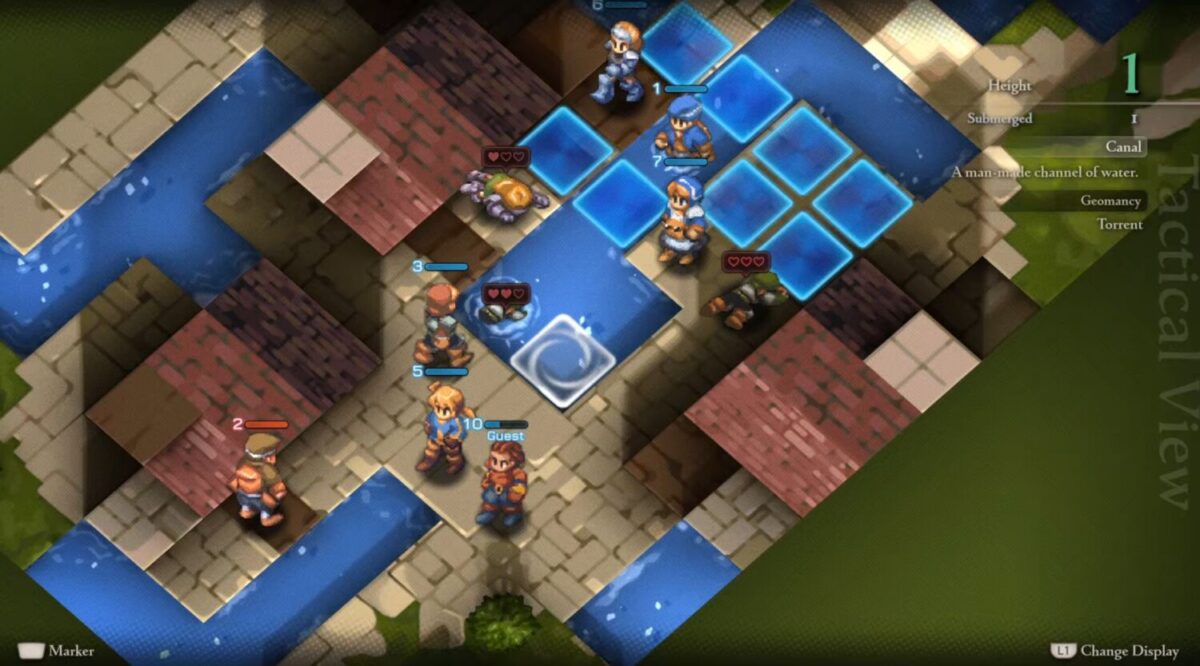
The battlefield features an isometric 3D terrain, allowing characters to take over vantage points or fight on even ground. At times, the top-down camera can be obstructed by visual elements, but a new overhead tactical view presents an intuitive workaround, making the flow of combat smoother than before. In between these encounters, players move on pre-set paths that connect the towns and various battle points; the former offering access to the Outfitter for buying equipment, a Tavern for gathering information and listening to rumours, and a Warrior’s Guild to recruit new fighters. While there wasn’t a chance to check out the Classic version, Maehiro assures it will be the same experience as it was back then.
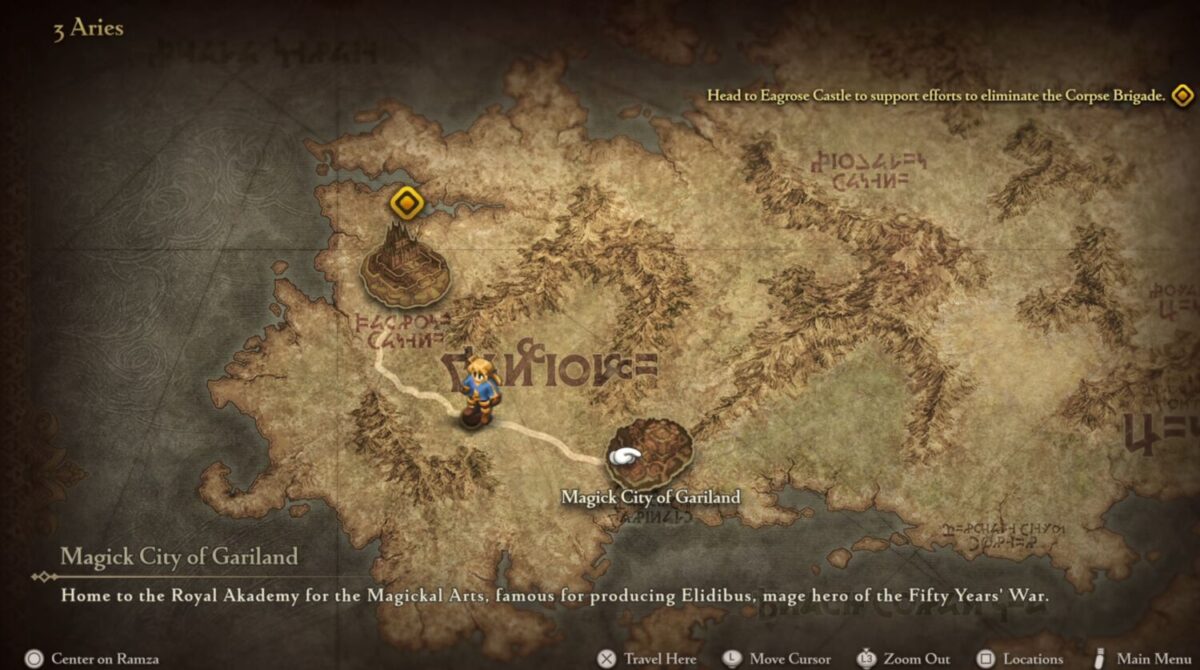
One of the most significant changes here is the new voice acting, which brings a layer of multidimensionality to the characters. Similar to the remake of Final Fantasy VII, which was also released in 1997, Final Fantasy Tactics: The Ivalice Chronicles features new fully-voiced dialogue, small commentary during actions, and battle cries. To that end, the team involved original scriptwriter Yasumi Matsuno in the process, ensuring that the Japanese dub matches the expectations and mental image that fans have formed after decades, such that there “wasn’t a discrepancy on that front.”
“When it comes to the English voice cast, it’s definitely true that the fact that many of them have been involved in taking part in other projects of ours, up until now, has helped give us a much clearer idea of what their voice is like and what their quirks are,” Maehiro agrees, referring to the casting of Ben Starr, who plays Clive in Final Fantasy XVI and Dycedarg Beoulve in The Ivarice Chronicles, and Timothy Watson (Urianger Augurelt in FFXIV) as Cidolfus Orlandeau, among others.
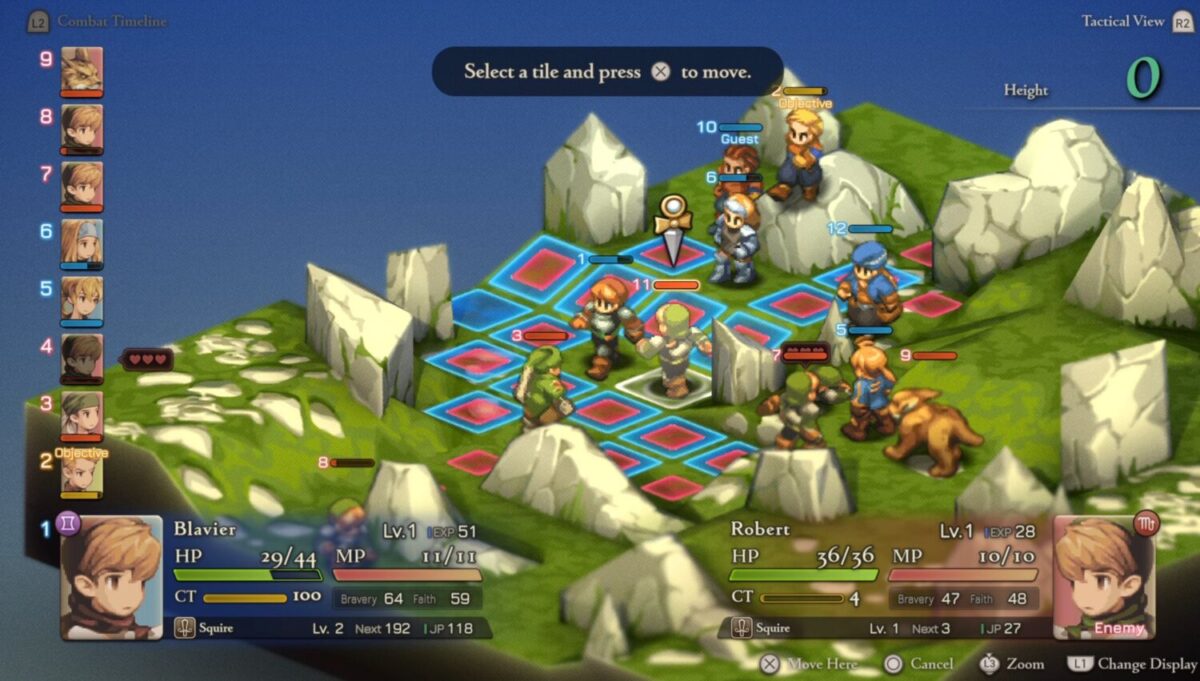
Giving a shout-out to Tom Mills, who handled the audition and selection process for the English voice cast at Square Enix Japan, producer Matsuzawa Shoichi discloses the other consideration that factored into it: authenticity.
“The only thing we actually requested from our end is that we wanted to have British, not American, English actors, as the game itself features a medieval setting, so we felt that would be a much more fitting casting choice.”
For a quick refresher, Ivalice pulls from a high fantasy setting inspired by Arthurian legend, which also means archaic lexicon. The text dialogue in the original title, Maehiro explains, was written with the intention of being read that way, but that would come across as unnatural when spoken, resulting in tweaks to the script. Then, there’s the cadence of the characters’ speech that has to be “recorded in a way where the tempo feels natural [and] has a momentum to it”.
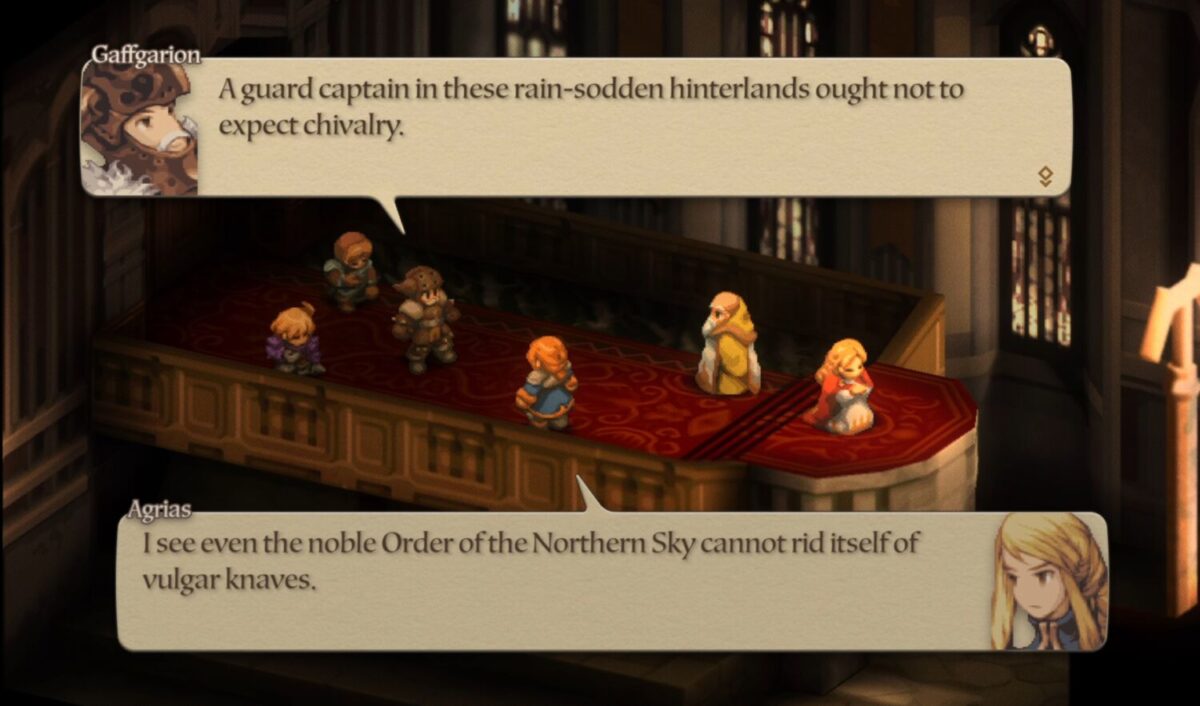
“Through these refinements and adjustments, you can see that there are more exchanges that are going to be shown between the characters themselves. And through this, you might be able to discover another layer to the emotions of the characters that you might not have felt in the original.”
Accompanying the voice acting is the stylised visual revamp that takes well to Final Fantasy Tactics: The Ivalice Chronicles, starting with a beautifully-crafted opening scene. In it, an eagle flies along the stretch of a gently flowing stream, with the camera tilting up to reveal a waterfall and the title card. The watercolour finishes carry into the next sequence, as Ramza and his group of knights ride on their chocobos across grassy fields, rivers, and dense forests, before cutting away at the Orbonne Monastery.
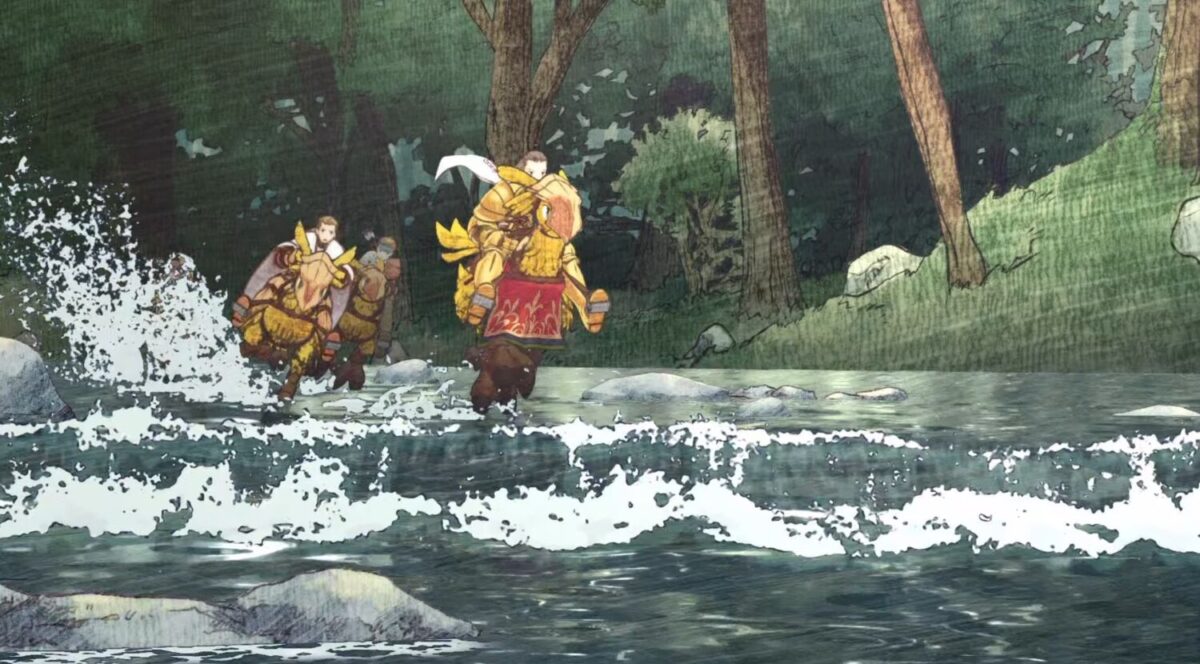
In sprite form, the characters come alive through lively animation and blocky movement that hark back to their retro beginnings, and there’s often a canvas-like feel to the high-definition look, occasionally accentuated by warm lighting and shadow effects. It’s a neat makeover rebuilt from scratch – both by choice and circumstances, as the source code was no longer available – and while there were certainly challenges during the development phase, working on the aesthetic went smoother than one may think.
“Rather than being difficult, it’s almost the contrary, where the breadth of what we can do has really expanded, in terms of the different options that are available for graphic styles,” Maehiro muses. “We have options to render things in the HD-2D style and add that stylised way, or we could also go full polygonal.”
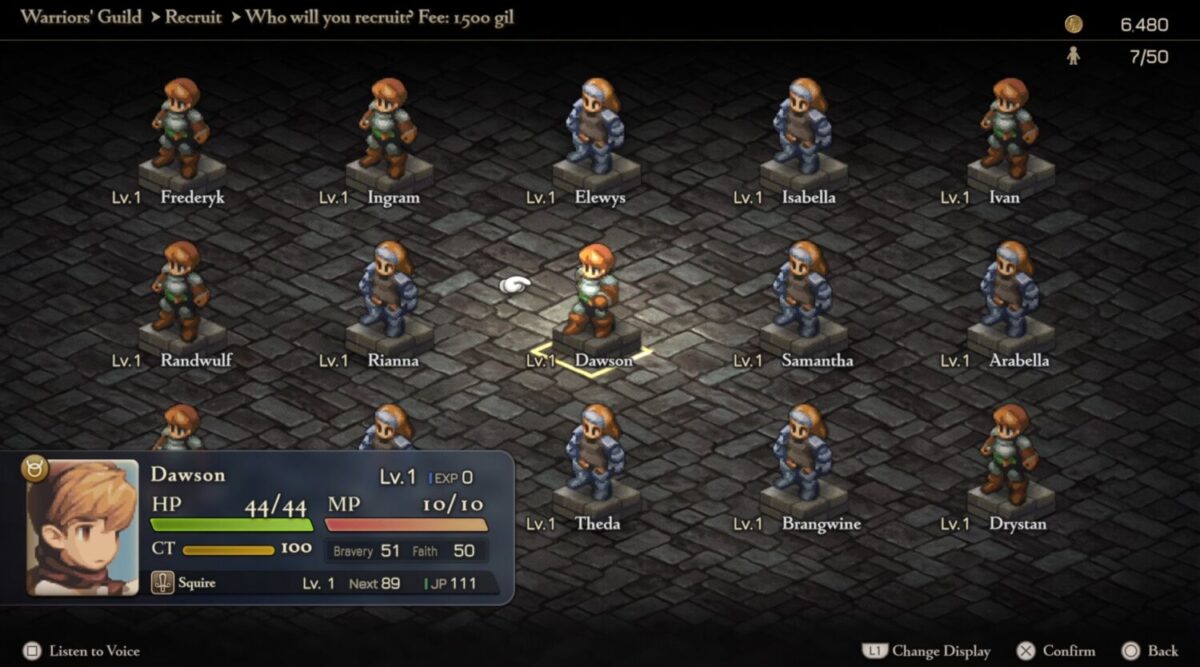
The director continues, “But when we were thinking about what makes Final Fantasy Tactics unique, what came to mind was the charming pixel-based style and artwork, as well as the 3D isometric maps. Those two combined are what we felt defined the identity of the visuals for the game.”
Final Fantasy Tactics: The Ivalice Chronicles releases on 30 September 2025 for all major platforms.

